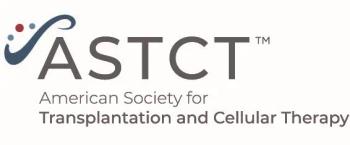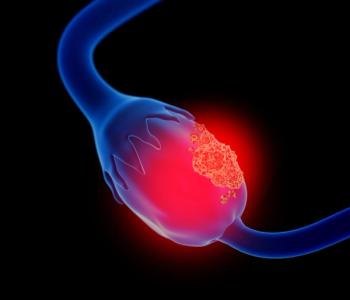![According to John Henson, MD, “What we need are better treatments to control the [brain] tumor once it’s detected.”](https://cdn.sanity.io/images/0vv8moc6/cancernetwork/e0d29c38bb732429ae370e4ef7d1829a10c96446-2992x1684.png?w=350&fit=crop&auto=format)
Social Determinants of Health Affect Acupuncture Expectancy in Breast Cancer
Race, education, and arm pain were found to influence acupuncture expectancy in patients who are survivors of breast cancer.
Cultural perceptions, education, or financial status were found to shape attitudes surrounding acupuncture use as an integrative oncology therapy for patients who survived breast cancer, according to a poster presentation from the
A multivariate regression model found social determinants of health like financial resource needs (0.318; 95% CI, 0.10-0.53; P = .004), those who were White (0.563; 95% CI, 0.15-0.98; P = .009), had some college education or above (1.07; 95% CI, 0.51-1.62; P <.001), had some graduate school or above (0.96; 95% CI, 0.35-1.57; P = .002), or having arm pain (0.47; 95% CI, 0.07-0.88; P = .023) were found to be predictors of acupuncture treatment expectancy. Physical function was also assessed but was not a predictor of expectancy (–0.22; 95% CI, –0.44 to 0.01; P = .057).
Additionally, patients on the trial expected acupuncture to reduce cancer-related symptoms like pain and fatigue (4.2 ± 0.8), allow them to cope with their cancer (3.9 ± 1.0), decrease emotional distress (3.9 ± 1.0), and prevent future health problems (3.3 ± 1.1).
“Sociocultural influences may shape perception and attitudes toward complementary and integrative health therapies, and cultural perceptions of acupuncture vary across racial and ethnic groups,” Hannah Choi, MSN, RN, a graduate research assistant at the University of Illinois Chicago, wrote in the presentation.
The aim of the study was to identify factors that may influence acupuncture expectancy for survivors of breast cancer. Expectancy was defined as the belief a treatment will be effective. The authors highlighted that this is an important driver for treatment adherence and effectiveness.
Overall, 74 women who were 18 years or older with stage 0 to III breast cancer were enrolled. This study served as the secondary analysis of baseline data from 2 acupuncture trials with a 5 and 10-week intervention.
The primary end point was acupuncture expectancy which is described as a 4-item subscale of the Attitudes and Beliefs about Complementary and Alternative Medicine Questionnaire. Social determinants of health were described as an 8-domain, 11-item questionnaire looking at social detriments of health needs like financial resources, transportation, and social connection.
Age (54 ± 10 years), race (49% Black, 45% White, and 6% Asian or Pacific Islander), education level (18% high school or below), marital status (35% married or living with a partner), and annual household income (57% less than $55,000) all played a part in the baseline demographic and clinical characteristics.
The univariate regression analysis found significant findings in financial resources (0.34; 95% CI, 0.56-0.11; P = .004), patients who were White (0.46; 95% CI, 0.01-0.92; P = .046), education of college or above (0.71; 95% CI, 0.09-1.32; P = .026), some graduate school or above (0.76; 95% CI, 0.06-1.45; P = .033), having arm pain (0.46; 95% CI, 0.003-0.91; P = .049), depression (0.30; 95% CI, –0.07 to 0.30; P = .002), stress (0.24; 95% CI, 0.01-0.47; P = .038), or social connections (0.23; 95% CI, 0.001-0.46; P = .049).
Physical function (–0.18; 95% CI, –0.41-0.05; P = .121), fatigue (–0.03; 95% CI, –0.11 to .09; P = .077), anxiety (–0.30; 95% CI, –0.28 to 0.04; P = .052), cancer stage (0.21; 95% CI, –0.02 to 0.44; P = .073), and radiation therapy (–0.48; 95% CI, –1.05 to 0.09; P = .100) were also assessed but were not found to be significant.
“Understanding these individual factors affecting acupuncture expectancy can guide integration of acupuncture into oncology care to improve quality of life for breast cancer populations,” Choi concluded.
Reference
Choi H, Doorenbos AZ, Chen Z, et al. Factors associated with acupuncture expectancy among breast cancer survivors. Presented at the 2025 Oncology Nursing Society Congress; April 9-13; Denver, CO. Poster RS69.
Newsletter
Stay up to date on recent advances in the multidisciplinary approach to cancer.





















































































